Americano vs. Mexicano Padel: Key Differences Explained
If you’ve spent any time on a padel court, you’ve probably heard someone toss out terms like “Americano” or “Mexicano.” And no, we’re not talking about coffee orders or tacos here. These are two of the most popular tournament formats in the world of padel—both similar yet with their own quirks that make them stand out. But what exactly sets them apart?
Let’s dive into this paddled-up showdown between Americano and Mexicano padel and clear things up once and for all.
Americano Padel: The Popular Kid at the Tournament Party
Americano is like that reliable friend who shows up, doesn’t overcomplicate things, and makes sure everyone has a good time. It’s a format built for inclusivity and lots of action, especially when you’ve got a group of players at different skill levels. The idea here is simple: Everyone gets to play with and against different people.
How does it work?
In Americano, each player partners up with everyone else at least once. You rotate partners and opponents, with the goal of playing a match with everyone in the group. Typically, this format can have anywhere from 8 to 24 players, but the magic happens when the numbers align perfectly with the number of courts available.
- Rounds: Players are split into pairs and play short rounds (usually 7–10 games or points), swapping partners and opponents between rounds.
- Scoring: The aim is to collect as many points as possible, as each round ends, you get to keep the points you earn. Your individual score accumulates throughout the event.
Americano is great for keeping things fresh and competitive without turning padel into a marathon. No one sits out too long, and everyone gets a fair shot at winning. Plus, it’s social—ideal for club events where camaraderie matters as much as the score.
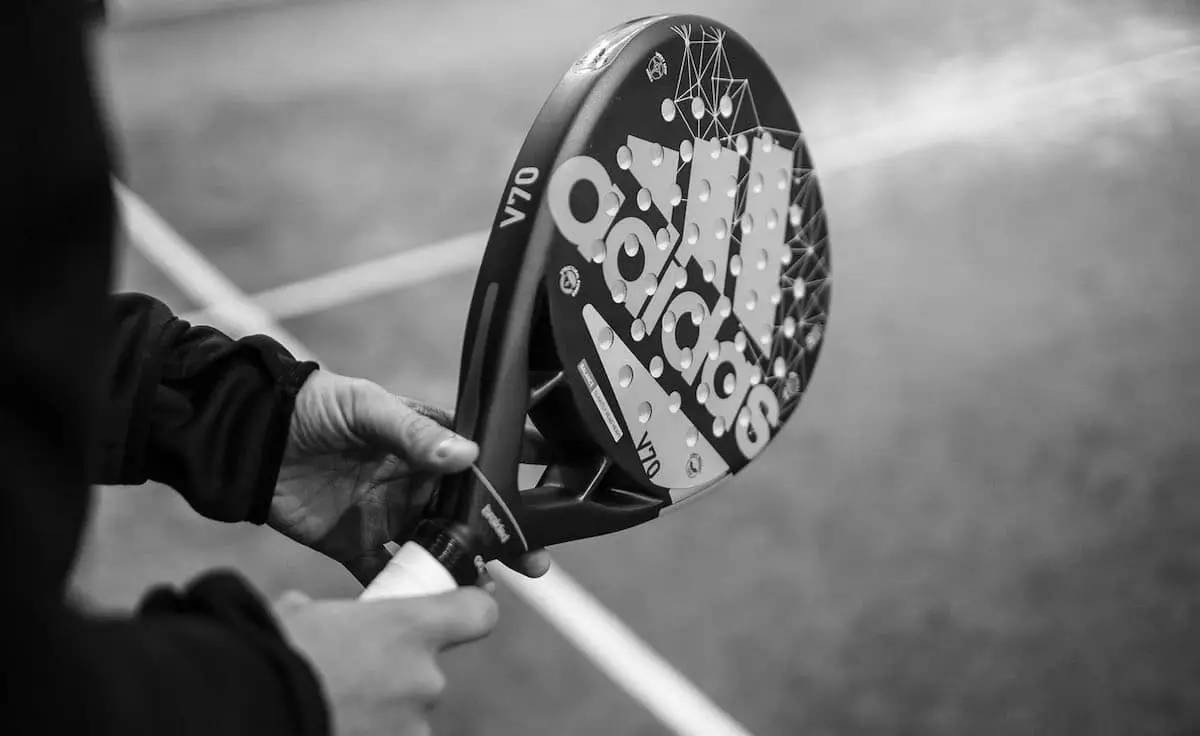
Mexicano Padel: The Underdog with a Competitive Edge
While Americano is the friendly tournament format you can casually enjoy, Mexicano turns up the heat. Mexicano is all about competing at a higher intensity. It’s still social, but it’s for those who aren’t just looking for a good time—they want to win, and they want to win big.
In Mexicano, players are matched up based on their results. It’s a system designed to create increasingly balanced and intense matches as the tournament progresses. You start by playing random pairs, but soon enough, the stakes get higher as you’re pitted against players closer to your level.
- Dynamic Pairing: After each round, teams are reassigned based on their results. If you’re crushing it, you’re going to face stiffer competition in the next round. If you’re struggling, you’ll get paired with similarly ranked players. It’s like the padel version of Survival of the Fittest.
- Rounds: Similar to Americano, you play a series of short matches. However, because the pairing system adjusts after every match, your next opponent is determined by how well (or not so well) you performed in the previous round.
- Scoring: Points are based on performance. Win more, climb higher. Lose, and you'll face easier opponents, but that doesn’t mean it’s a free pass. Mexicano forces you to earn your way to the top through pure padel skill.
What makes Mexicano exciting is its unpredictability. While Americano is all about variety and fairness, Mexicano is a battle to the top. The better you play, the tougher your matches become. By the end of the tournament, the top players are duking it out for ultimate padel glory.
Head-to-Head: Americano vs. Mexicano
Now that we’ve broken down the basics of Americano and MexicanoSurvival, let’s put them head-to-head and highlight the key differences:
- Social vs. Competitive:
- Americano: This format leans heavily on social dynamics. You’re going to play with and against nearly everyone, keeping things light, fun, and varied. Perfect for all skill levels and casual events where the goal is to just have a great time.
- Mexicano: Mexicano’s competitive nature makes it better suited for players who want to test their limits. As the tournament progresses, you’re constantly matched against opponents that reflect your level, leading to more intense and skill-balanced matches.
- Pairing System:
- Americano: Pairings are pre-determined to ensure that everyone plays with different partners and against various opponents. It’s a very democratic approach, like an election where no one votes for the same person twice.
- Mexicano: This format dynamically adjusts based on results. Win a game? Get ready to face tougher competition. Lose a game? You’ll face an easier challenge next round, but the key is to keep climbing.
- Scoring System:
- Americano: It’s all about individual points. You play several rounds, and in each, you add the points you and your partner score to your personal tally. At the end of the event, the player with the most points takes the crown.
- Mexicano: Performance dictates pairings and matchups. The more you win, the more challenging your opponents become. Points are still tracked, but it’s more about ranking through competitive play than just accumulation.
- Inclusion vs. Competition:
- Americano: If you’ve got a mix of beginners and seasoned players, Americano works perfectly. It makes sure nobody feels left out, and even newbies get to play some competitive games.
- Mexicano: It’s more suited for intermediate to advanced players who thrive on competition. It levels the playing field by ensuring that as the tournament progresses, you’re always facing players close to your ability.
"So, which one’s it going to be?"
Which One Should You Choose?
Deciding between Americano and Mexicano really comes down to what kind of padel experience you’re after.
- Want to keep it light and social? Americano is your go-to format. It’s inclusive, easygoing, and perfect for mixing up the group. Everyone gets a shot at playing with different partners, and by the end, you’ll have made new friends—or at least figured out who you never want to play with again.
- Feeling competitive? Mexicano is for you. It’s like climbing a mountain, where every round gets tougher the higher you go. You’ll start with a fun, random matchup, but before you know it, you’ll be staring down your toughest rival in a battle for padel supremacy.
It’s all about the vibe you want to create. Americano is great for clubs, social events, and casual tournaments where the goal is to have fun and keep things moving. Mexicano is better suited for more serious players and events where the aim is to see who’s really got the skills to take the crown.

Same Court, Different Battles
At the end of the day, both formats have their merits. Americano padel keeps things varied, fun, and accessible for all levels, while Mexicano padel raises the stakes with a competitive edge that pushes players to rise to the challenge.
So, what’s the difference between Americano and Mexicano padel? One’s your friendly neighborhood tournament format where everyone gets a shot, and the other is a proving ground for padel warriors looking to climb to the top. Whatever format you choose, just remember—padel is about having a blast, whether you're casually racking up points or battling it out for victory.
Americano vs. Mexicano: Your Burning Questions Answered
What is Americano Padel?
Americano is the laid-back tournament format where everyone gets a shot at playing with different partners. It’s fun, inclusive, and keeps things light on the competition front. Perfect for those club events where everyone just wants a good time on the court.
How does Mexicano Padel work?
Mexicano’s the intense cousin of Americano. As the tournament goes on, you’re matched up against players who’ve been performing at your level. It’s like survival of the fittest—but for padel.
Is Americano or Mexicano better for beginners?
Americano, hands down. It’s way more relaxed and beginner-friendly, ensuring even newbies get their fair share of fun. Mexicano is where the serious competition kicks in.
Which format is more competitive: Americano or Mexicano?
Mexicano, no question. As you win, the competition gets tougher, while Americano keeps things more chill and varied.
Can Americano Padel be played with any number of players?
Not exactly. Americano works best when the number of players matches up well with the available courts—usually between 8 and 24 players.
Does Mexicano Padel always have balanced matches?
Pretty much. The magic of Mexicano is that it adjusts after each round. If you’re crushing it, expect your next match to be a lot tougher.
Which padel format is more social?
Americano. You’ll play with and against almost everyone, making it a more social and inclusive experience compared to Mexicano’s competitive structure.


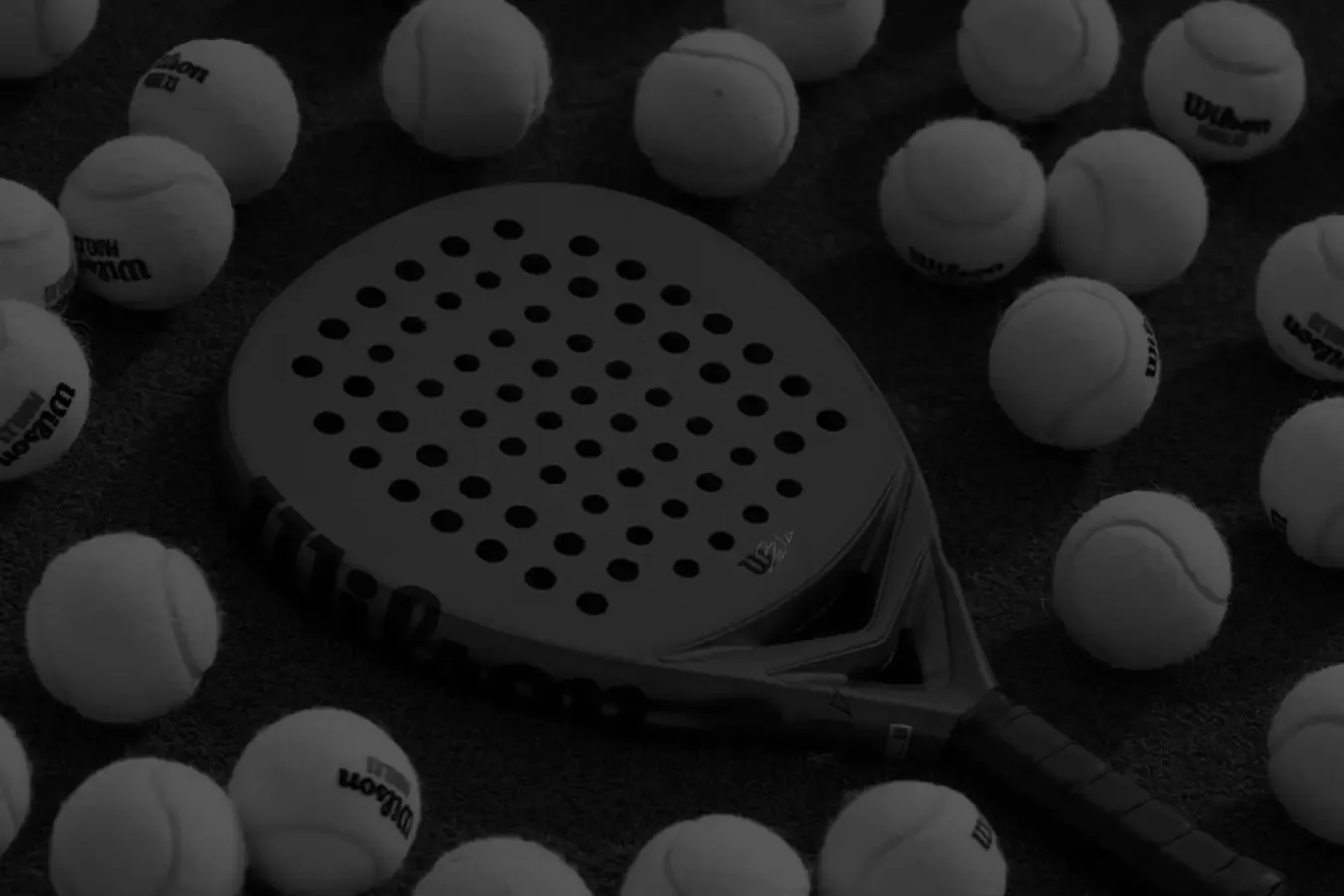

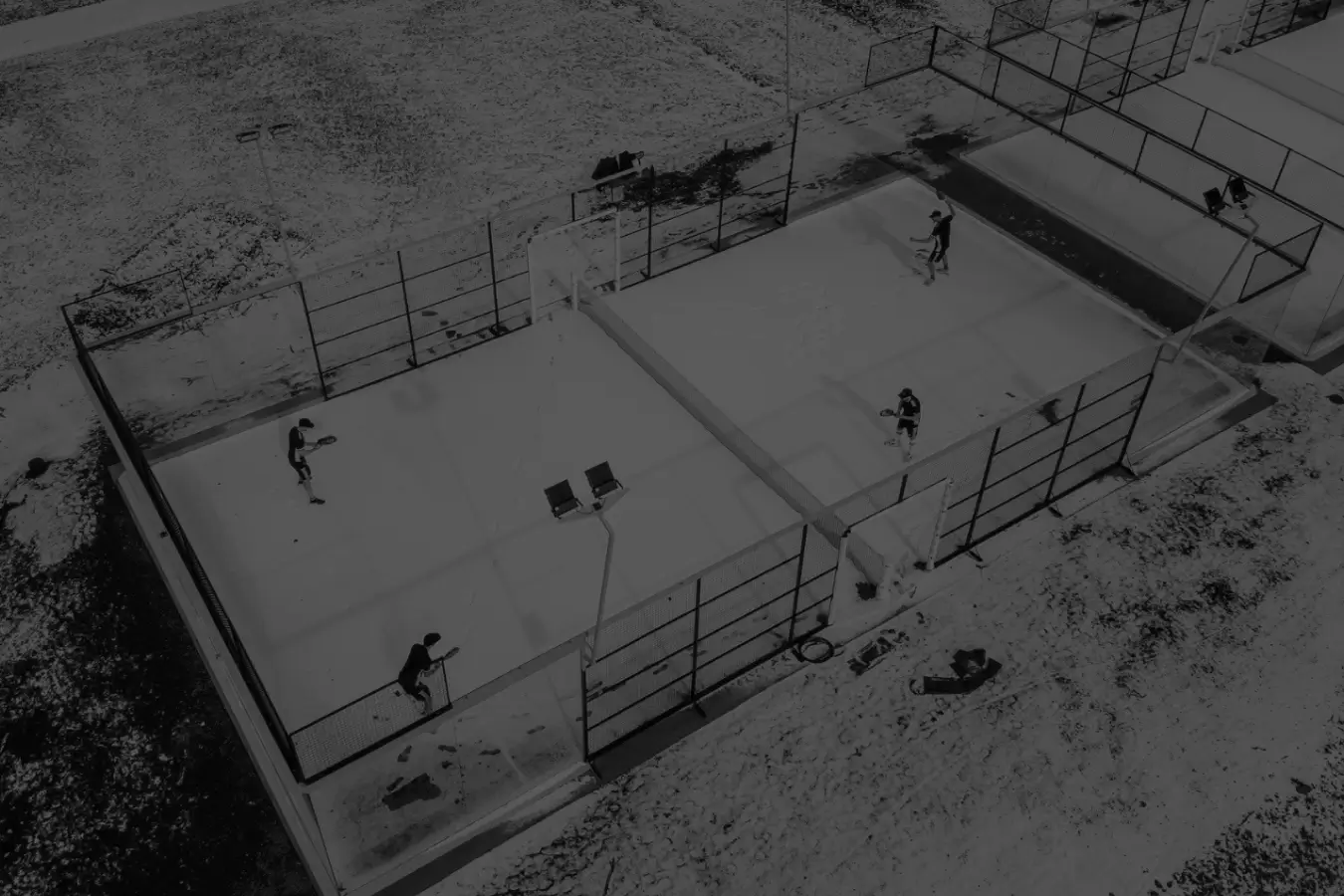

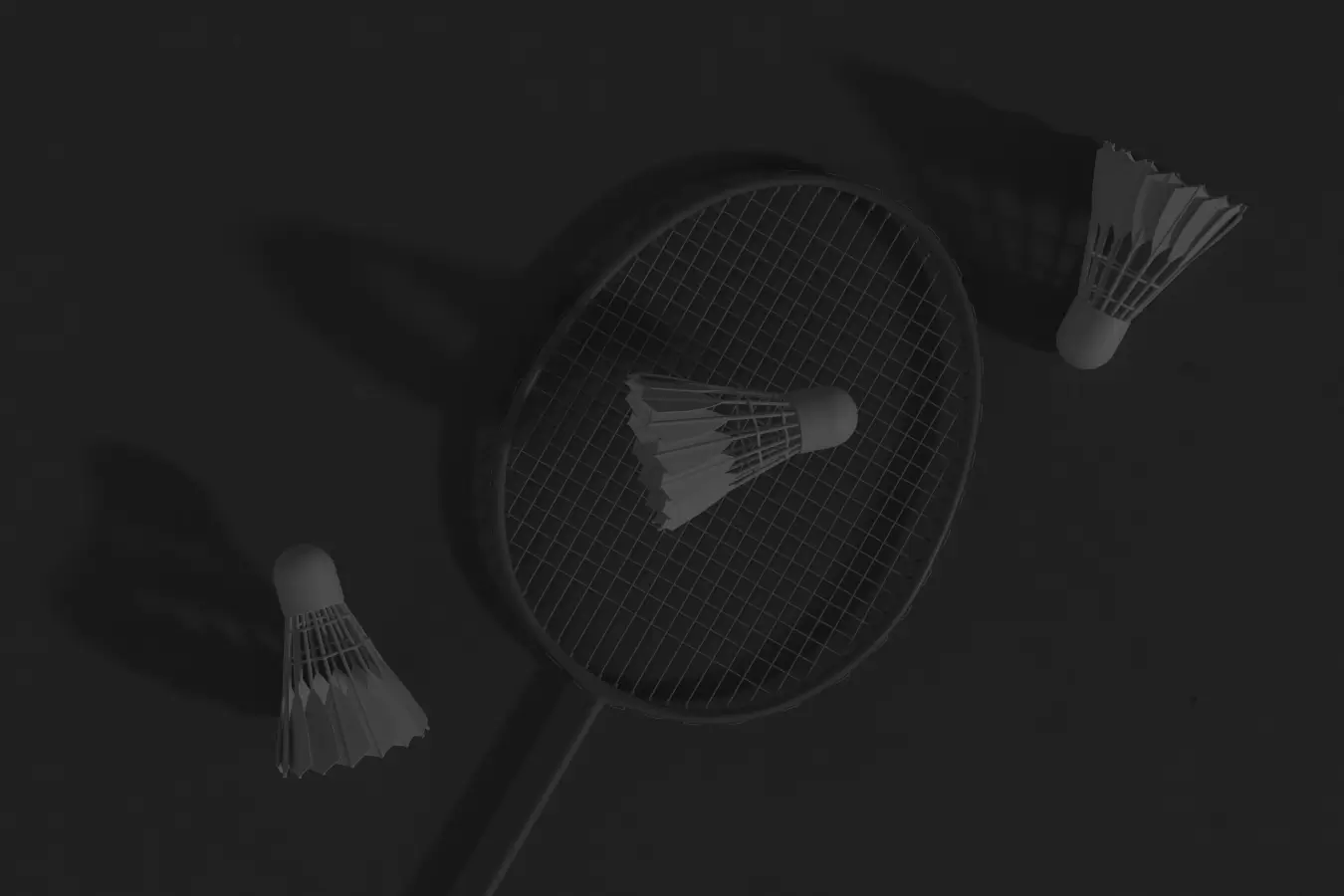
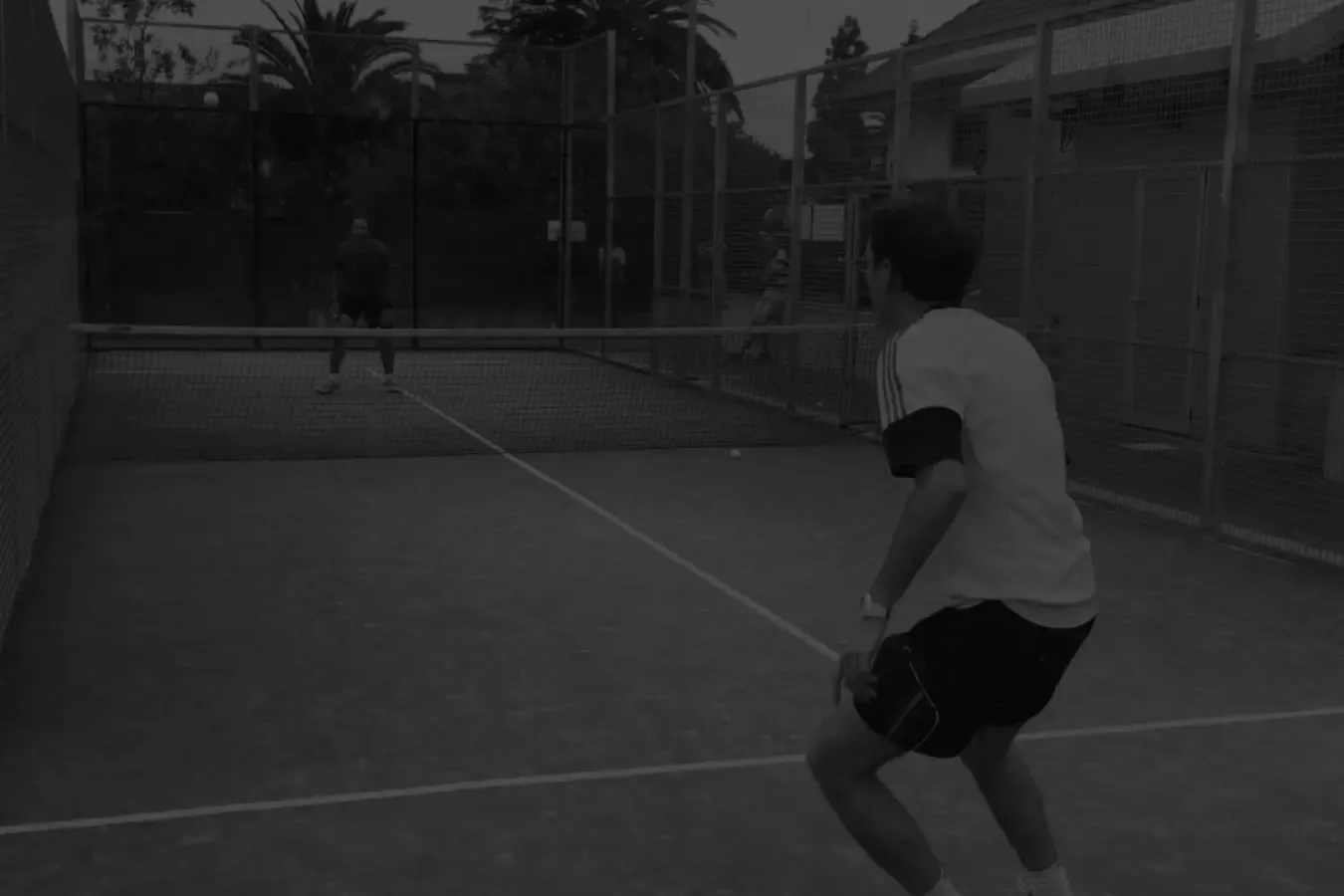
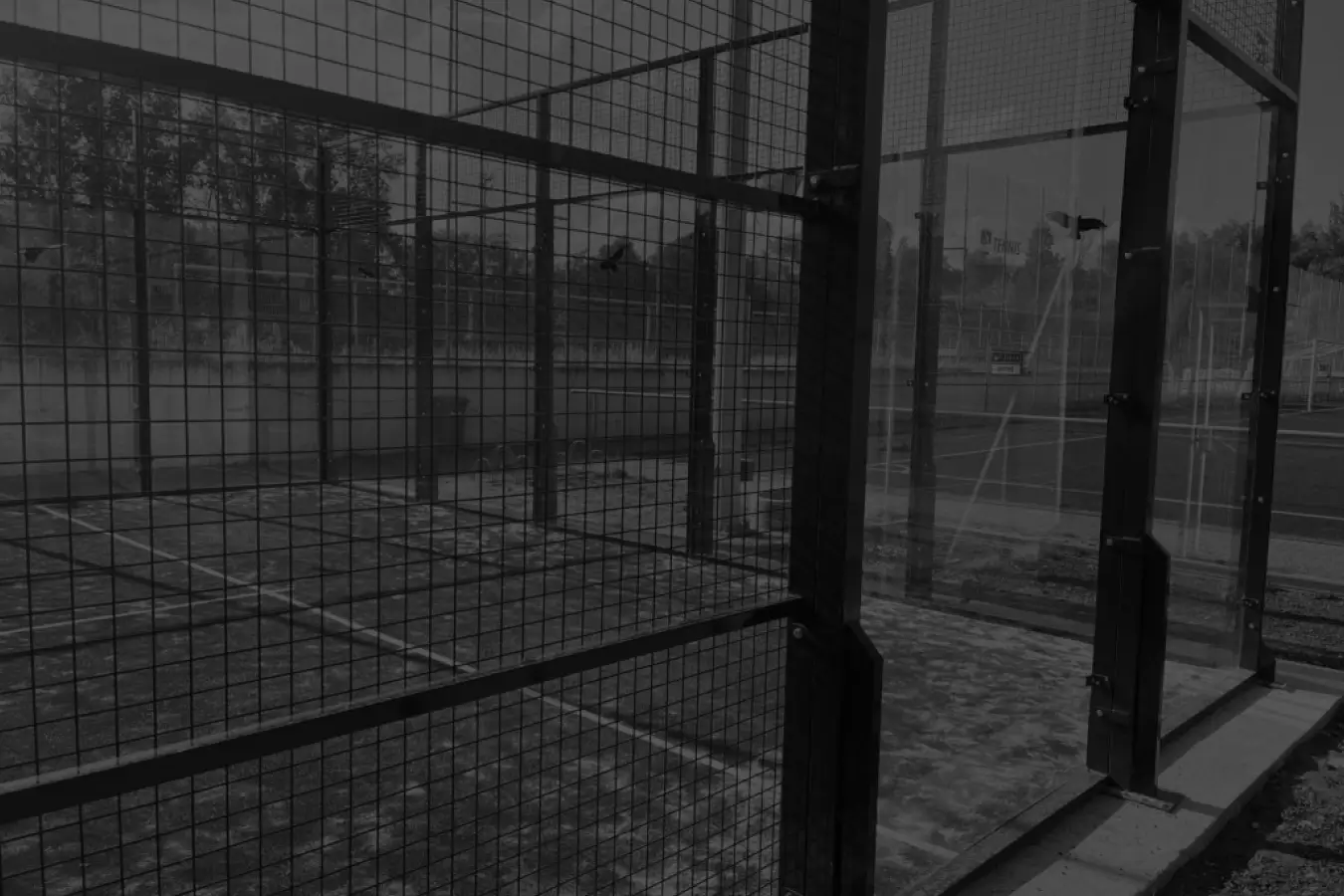



Discussion